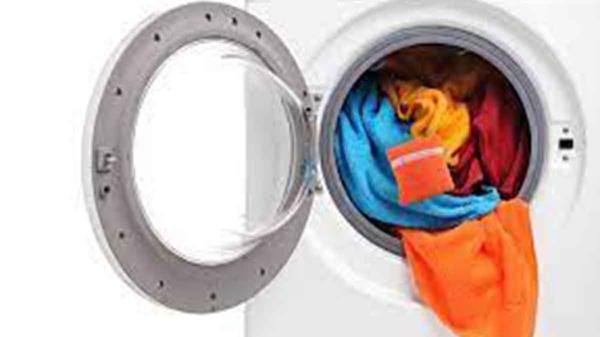We tested 12 washing machines, many of which are already in class A or B according to the new energy label, which should help choose the most sustainable appliances for the environment because they use less water and electricity.
The ranking that appears on the energy label takes into account the water and electricity consumption of the washing machine in a specific programme, defined as Eco 40-60, or a programme, according to the legislation, "capable of washing averagely soiled indicated for temperatures between 40 and 60 °C”. We put it to the test in the lab.
Eco 40-60 programme: why it disappoints
For washing machines located in the highest energy class, the Eco 40-60 program results in considerable energy savings. Up to 74% cheaper. But this reduction can be explained in some cases: the washing machines do not bring the water to the temperature of 40-60°C to which the name of the program refers. For LG F4WV708S2E the difference is considerable: the water only reaches 27 °C. And the result, unfortunately, can be seen in the washing efficiency, which goes from 5 stars (excellent) for the normal Cotton program to three (sufficient) for the Eco 40-60 programme.
What is the risk? That the buyer, not satisfied with the results of the Eco program, actually ends up using the normal Cotton program at home. In other words: the risk is being pushed by the energy classification to choose a product, which then in daily use is used with programs that the energy label does not deal with.
The results of the test on ecological washing machines

The situation that emerged from our washing machine test focused on the ecological program is mixed.
Washing machines with the Eco program rinse badly
On the other hand, the rinsing result in the Eco 40-60 program obtained by all models is always disappointing: none exceeds one star, very bad rating. Too much detergent residue remains on the laundry after rinsing.
In short, the energy label of washing machines, as currently regulated, does not seem to be well conceived. But how does the new energy label work, what does it report and how does it differ from the old one?
The new energy label for washing machines
Since March 2021, washing machines have also had the new energy label. It is a tool that allows consumers to better understand and compare the efficiency of household appliances.
The scale used previously was misleading: in fact, too many appliances had been assigned the classes with the highest energy efficiency (A+, A++ and A+++), while following the ban on the sale of less efficient appliances, the lower categories they are emptied. Therefore, some household appliances, including washing machines, have been reclassified on the basis of a scale between A (maximum efficiency) and G (low efficiency) instead of the scale from A+++ to G. They therefore have a lower position in the new label than the previous one , but this does not change its energy efficiency - only the scale has changed.
Finally, remember that if you want to take advantage of the appliance bonus, you can also ask for the old label: the bonus is only valid for class A+ or higher appliances and the first label is still valid.
New label, what changes
But not only the scale has changed in the new energy label for washing machines: if you want to know what information you can find and what differences there are compared to the old one, you can consult the dedicated page to washing machines on the Belt project platform, a project funded by the European Union under the Horizon 2020 programme, and which allows consumers to have all the information they need on the entry into force of the new label for many devices and household appliances.
